Smartphones have evolved to become an essential part of our lives. Be it the professional front or the personal front, smartphones are the constant companions we carry around in our back pockets in order to connect with the world. One can blame that the emergence and popularity of social media has increased our dependency on smartphones but that is a topic for some different day. Today, we would like to take you through a brief history of smartphones right from their inception to where they stand now. So come along with us as we turn the pages of history and understand the smartphone –
1876: Graham Bell’s miraculous innovation
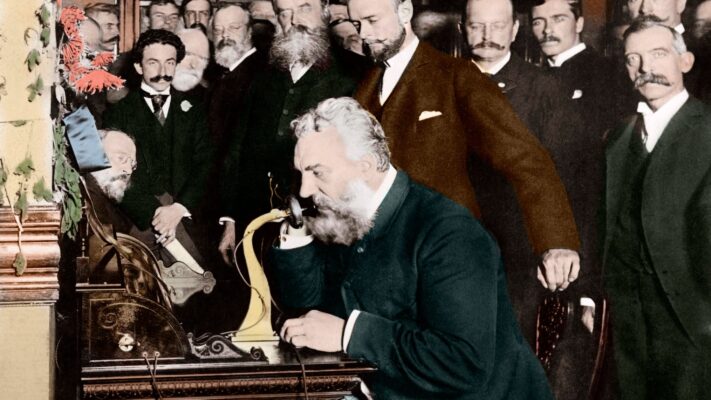
It will be unfair to look at the evolution of the smartphone without touching upon the history of the first-ever telephone ever made. Sure, smartphones now serve multiple purposes with the standard telephone features being just one of the many things they can do, but the inception of the smartphone relies entirely on being able to make calls and communicate with others while being on the move. Back in 1876, Alexander Graham Bell invented the telephone which revolutionized communication forever.
At first, the telephone was considered a luxury item which was only accessible to the wealthy. However, the following century brought the telephone evolution which made the communication device a common household item. Now, telephones are everywhere you go and that flashy slab of screen is what people look at first thing in the morning. So, how did we get here?
1994: IBM’s first call to smartphones
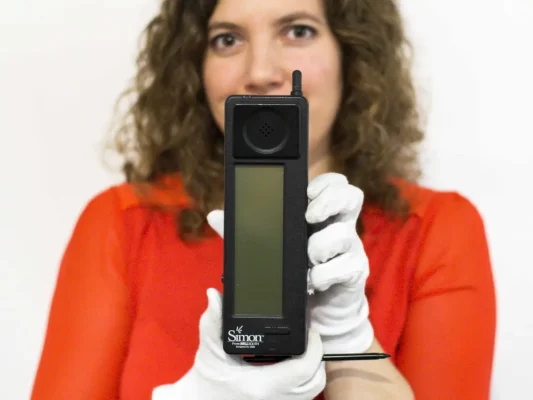
Now, the origin of the first ever ‘smartphone’ is a debatable topic with many referring to the Motorola DynaTAC 8000x launched in 1983 as the first one to launch in the mainstream market. However, IBM’s ‘Simon Personal Communicator’ was the first mobile phone to sport multiple features. IBM was the first player in a business market which is expected to be valued at over $1.35 trillion by 2026.
Simon Personal Communicator launched back on August 16, 1994, with a hefty price tag of $900. Sadly, the Simon was not received well by the masses thanks to the premium price tag. The device was bulky and had poor battery life which was coupled with poor wireless connectivity. This led to the first smartphone becoming a failed venture but it laid down the foundation of many beta-level features that are now common in modern mainstream smartphones. One can say that the Simon Personal Communicator was way ahead of its time.
1998: Nokia 5110 makes heads turn
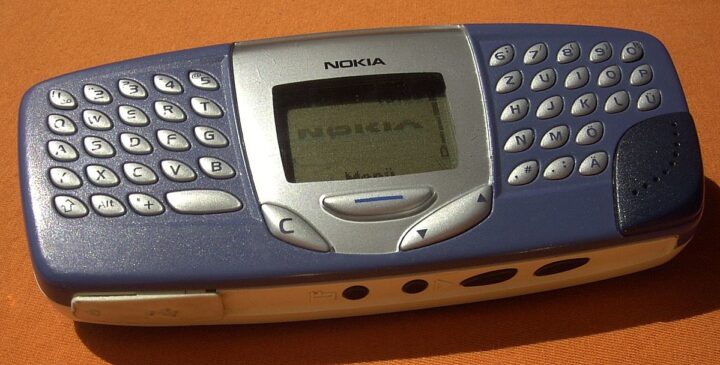
1998 was not the first time Nokia tried to enter the consumer phone market. However, with the 5110, Nokia revamped its ideology with consumer phones and departed from the ‘business phone’ strategy. The Nokia 5110 allowed users to choose a device which was not just plain black and grey colours. It introduced the Xpress-on-covers which could change the colour of the device and stand out as eye candy.
The original Nokia 5110 advertised the device with the ‘Freedom of Expression’ tagline which was well received amongst the mass consumers. Nokia started the craze for changeable mobile cases from the late 90s to the early 2000s. This was the time humanity started to get a taste of what was about to unfold in the coming years.
1999: Here Come The Blackberry Boys
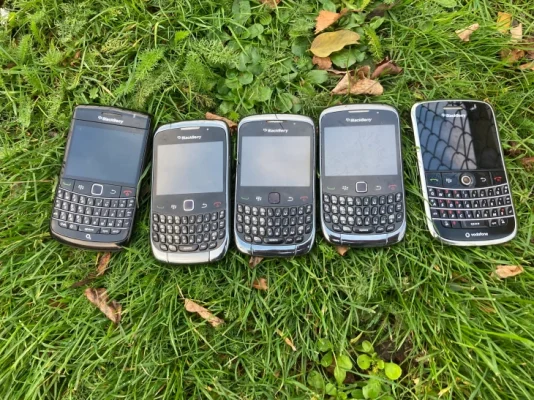
The Blackberry 850 launched back in 1999 and things were not the same after it. The personal communication device features email, fax, calendar, address book, and task lists as its primary features. It featured a full QWERTY keypad allowed it to form a league of its own. Interestingly, the Blackberry 850 did not include the ability to make calls. The feature was introduced in the Blackberry 5810 which was released in 2002.
Since the 850 did not sport any calling features, it was marketed as a personal communication device for the business world. Where Blackberry aced was the marketing where it skillfully advertised its security features garnering good reception from professionals.
2007: The iPhone!
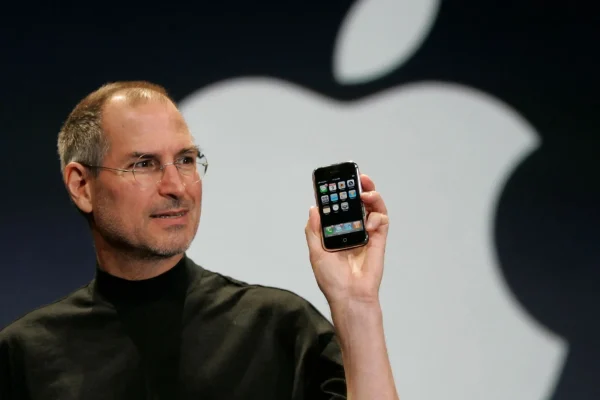
As a tech fanatic myself, I’ve seen Steve Jobs’ video introducing the first-ever iPhone at MacWorld in 2007 multiple times. The world has not been the same ever since the iPhone made its way to the market. It still stands tall as one of the most disruptive pieces of technology ever launched globally which changed the way we communicate with tech and each other as a species. In my biased opinion, iPhone’s launch is what signifies that mobile phones becoming smartphones.
The cherry on top was its asking price of $499 which allowed Apple to sell them like hotcakes clocking in at 270,000 iPhones getting sold within just the first two days of the release. Furthermore, over 6 million iPhones were sold during its entire run in the global market. It was a new product with never seen before technology which could have resulted in hesitation or straight-up rejection from the general public, but that was not the case here. The huge number of sales for a first-generation product like the iPhone signified humanity’s shift in the sphere of personal technology.
iPhone took many fundamental features from IBM’s Simon and dialled them to 100. The device allowed talk, text, email, music, YouTube, maps, calendar, weather, camera, along with internet web browsing. An average tech fan back in 2007 must-have definitely lost their mind when Jobs introduced the revolutionary device.
2008: iPhone 3G
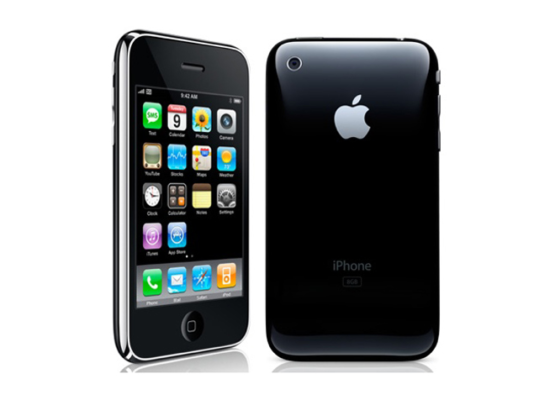
While I am an Android user myself and do not enjoy the modern iOS interface, I cannot deny the contribution of the iPhone in shaping the modern smartphone era. It was back in 2008 when Apple released the iPhone 3G which made a bigger splash than the original. It provided all the modern functionality present in the iPhone while allowing personalization. The App Store was introduced which allowed third-party applications to be installed. This revolutionized the smartphone experience furthermore as it meant that the devices were no longer limited to the default factory settings, allowing users to have complete control of the device.
The iPhone 3G sold over a million devices in the first weekend itself and ended its run with over 15 million units sold. The iPhone was growing in popularity and started getting a hold of the personal communication market until Android stepped in!
2008: Android Enters The Chat!
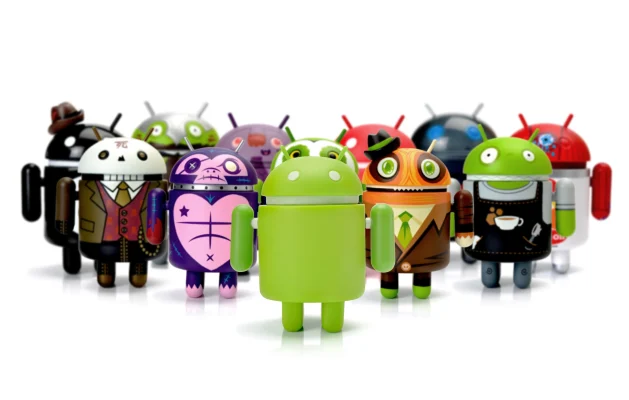
After the massive success of the second-generation iPhone along with the App Store, Google started making waves with the launch of its very own operating system; Android. Google developed Android in order to compete against iOS with the launch of HTC Dream which launched back in 2008. HTC Dream was the first ever device to run on Android OS. It features a sliding keyboard, multi-touch screen, 3G & WiFi connection along with a much better camera than iPhone 3G at the time.
But Google didn’t stop at merely creating an OS and a device running on it as it also launched the Play Store. The Google Play Store was an app store predominantly designed to compete with Apple’s App Store. The popularity of the two prominent app stores from Apple and Google hinted towards the fact that people were beginning to use smartphones for beyond just simple communication purposes. This was the time when mobile phones transformed from becoming communication devices to lifestyle tools.
Bigger Screens and Immersive Experiences
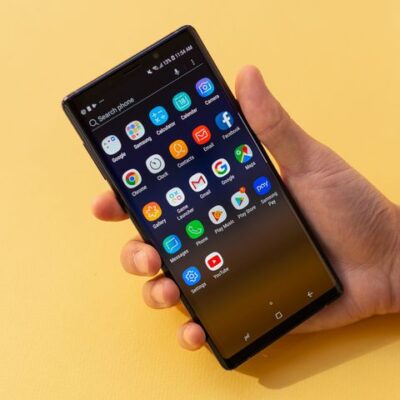
What followed in the next years was a game of cat and mouse among Android and iPhone devices. In 2012, Samsung launched the Galaxy S3 which featured a bigger screen. Samsung ended up outselling the iPhones after the launch of the S3 thanks to the bigger screen. This indicated that consumers are wanting larger screens on their smartphones to consume videos, read the news, play games, and more. This led to the current trend where we get smartphones in a large slab of screen form factor.
Samsung folds the smartphone trend
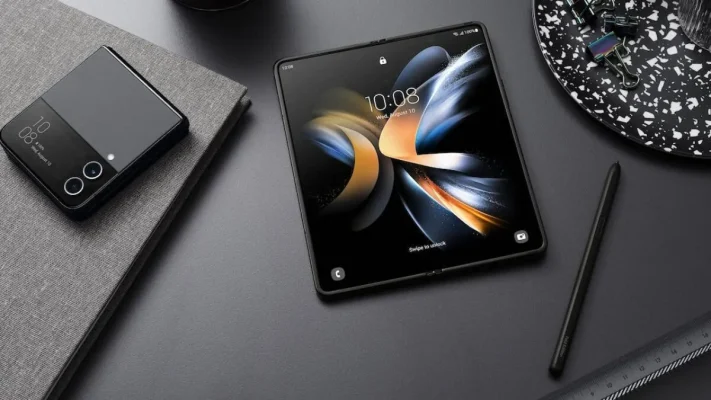
Now we come to the current scenario with the smartphone industry moving towards foldable devices. Samsung was the first smartphone manufacturer to venture into foldable with the launch of its controversial Galaxy Fold. The launch of this device was no less than a mess when users started removing the protective film from the device thinking it can be removed. This resulted in Samsung recalling most of the Galaxy Fold Gen 1 devices. Currently, every smartphone manufacturer seems to be getting in the foldable business with players like Google, Oppo, Tecno, and many more introducing their own foldable smartphones.
Smartphones: What’s Next?
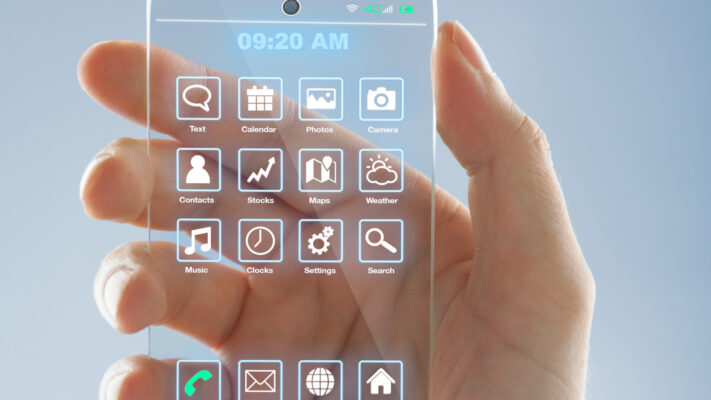
It is difficult to predict how smartphones evolve in the near future. It has not even been three decades since smartphones were introduced and the relatively new technology has gone through multiple changes. The social narrative around smartphones has also changed drastically as it is not just an accessory we carry around but an important part of our existence.
Smartphones enable digital spaces like social media which are here to stay. Thus, it can be assumed that smartphones too are going to be around for the longest time. However, one cannot be sure in which form factor will exist. I am leaning towards foldable devices being the future but that is not set in stone. Society’s dependence on technology is ever-increasing thus the smartphone will undoubtedly be around in some shape or form.



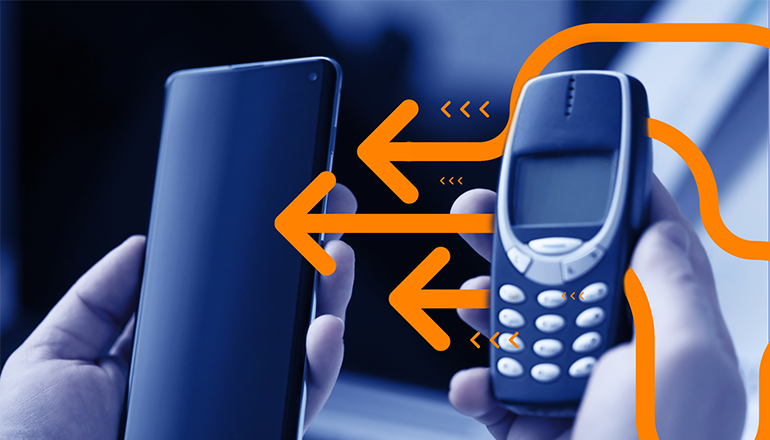
1 Comment
Your point of view caught my eye and was very interesting. Thanks. I have a question for you.